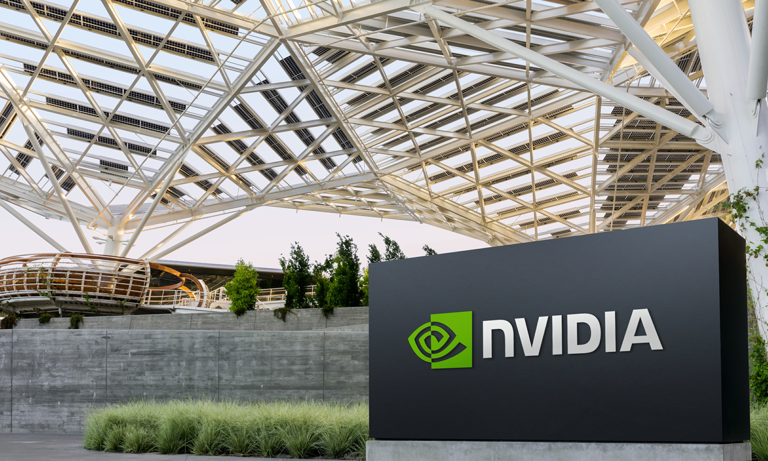Nvidia (NASDAQ: NVDA) has emerged as a standout performer on Wall Street, garnering significant attention and investor interest. The company’s stock has witnessed a remarkable surge over the past year, soaring to new heights and delivering substantial returns to shareholders. However, amidst the fervor surrounding Nvidia’s impressive growth trajectory, not all analysts share the same level of enthusiasm about the company’s future prospects.
One notable dissenting voice in the chorus of bullish sentiment is Gil Luria, an analyst at D.A. Davidson, who has adopted a more cautious stance on Nvidia’s outlook. Luria’s skepticism is reflected in his recent price target for Nvidia’s stock, which he has set at $620, indicating a potential decline of nearly 28% from the current trading price of around $864. His pessimism is rooted in concerns about a possible shift in spending behavior among major technology companies, including industry giants such as Google parent Alphabet, Amazon, Meta Platforms, and Microsoft.
According to Luria, these tech behemoths may reach a saturation point in their demand for graphics processing units (GPUs) used in generative artificial intelligence (AI) applications. As these companies develop and deploy their own custom-designed AI chips, the need for Nvidia’s GPUs could diminish, potentially impacting the company’s future revenue and growth prospects.
Luria’s bearish outlook contrasts sharply with the prevailing sentiment among many analysts, as evidenced by a recent survey conducted by LSEG. Out of the 38 analysts surveyed, 21 have rated Nvidia’s stock as either a buy or a strong buy, reflecting widespread optimism about the company’s future performance. However, despite the divergence in opinions, Luria is not alone in expressing caution about Nvidia’s trajectory.
Richard Hunter, head of markets at Interactive Investor, has also voiced concerns about the potential for Nvidia to become a victim of inflated expectations. Additionally, he highlights the geopolitical risks associated with tensions between the United States and China, which could impact Nvidia’s operations and share price.
Similarly, Aswath Damodaran, a renowned finance professor at NYU known as the “Dean of Valuation,” has raised doubts about Nvidia’s valuation. While acknowledging the company’s promising business prospects, Damodaran’s valuation model suggests a fair value for Nvidia’s stock at approximately $436, significantly lower than its current market price.
Damodaran’s decision to sell half of his Nvidia position underscores his reservations about the stock’s lofty valuation and the potential for a market correction. While these cautionary voices may give pause to some investors, others remain bullish on Nvidia’s long-term prospects, citing its dominant position in the AI chip market and strong demand for its products.
Ultimately, the trajectory of Nvidia’s stock will be influenced by a multitude of factors, including market dynamics, technological advancements, and geopolitical developments. While the company’s growth story has been impressive thus far, investors should carefully weigh the risks and uncertainties surrounding Nvidia’s future performance before making investment decisions.
